Yawanawá Tribe
The Yawanawá are an ethnic group of the Pano linguistic family. Their name means yawa (white-chinned peccary or cafuche), an American mammal similar to the wild boar; and nawa (people). The Yawanawá consider the white-chinned peccary a symbol of strength and reaffirmation of their group cohesion, as their proverb clearly demonstrates: “We are the cafuche, all together.”
Today, the Yawanawá, who live in small communities of up to 100 people, inhabit the Gregorio River Indigenous Land in the western Amazon of Brazil, although some communities are also found in Peru and Bolivia, near the Brazilian Amazon border.
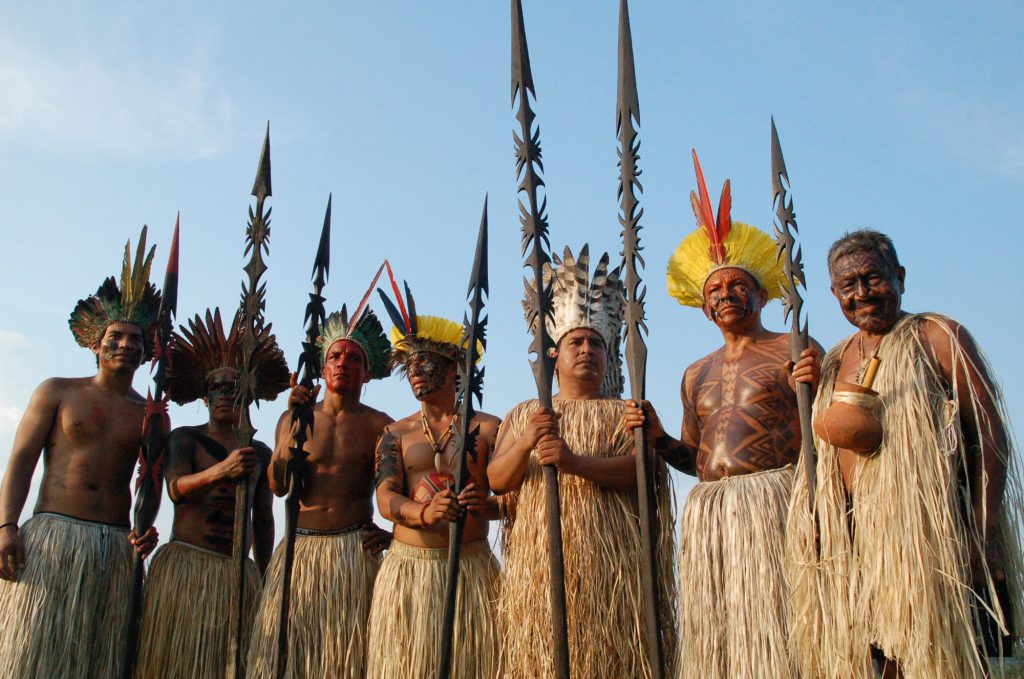
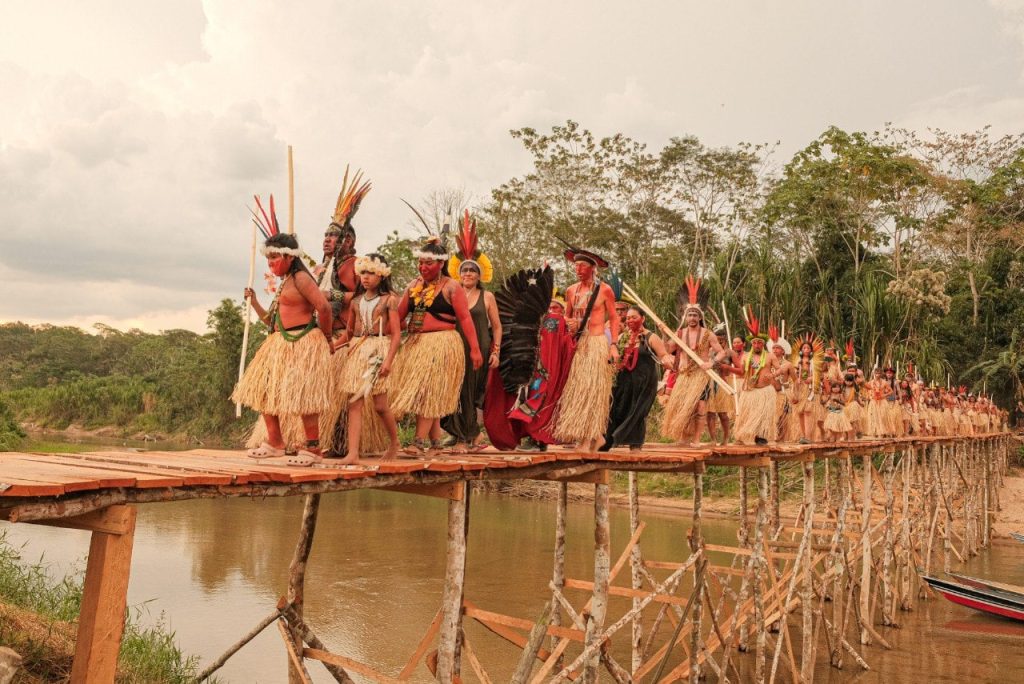
They live in a very difficult-to-access area of the Amazon rainforest. Until recently, they traveled only on foot and by canoe, so any journey involved a long journey, sometimes lasting several days.
Today, they use motorized canoes to leave their villages, and if they need to reach a larger city, such as Río Branco, they often take public transportation at one of the points where the Gregorio River meets the road (usually a six- or seven-hour canoe ride from the communities).
In total, their population numbers around 1,200. They recognize this region of Juruá as the area where their ancestors lived, and until recently, they sustained themselves solely by hunting, fishing, and farming, although today their connection with the outside world has increased considerably.
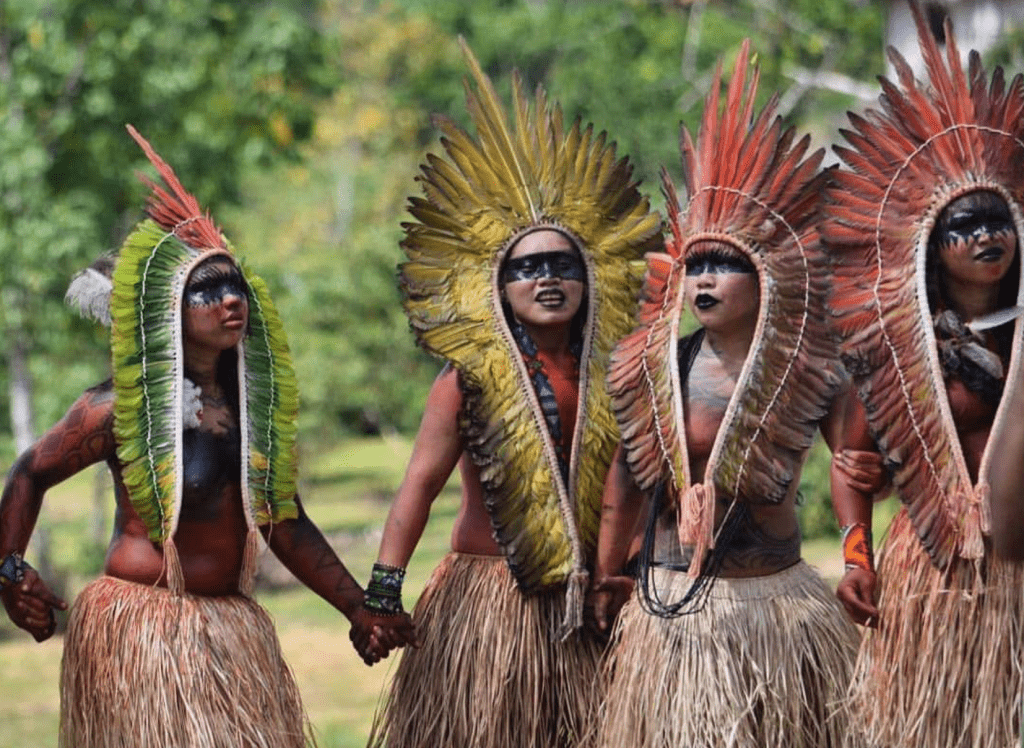
They buy some of their food in nearby towns (rice, for example). They use firearms instead of bows and arrows to hunt (forcing them to buy or barter for bullets).
Many communities have electricity generators or solar panels, allowing them to have refrigerators to store their food or charge the cell phones that some have.
Their daily life still resembles the life of a hunter-gatherer more than that of any Westerner. However, the presence of white people in their territory has had a great impact on their lives.
These people had their first contact with white people about 300 years ago, an experience that was not exactly pleasant. With the arrival of rubber tappers and evangelicals, the Yawanawá tribe was subjected to the slavery of rubber tapping and the Christian religion. Their customs, their clothing with large feather headdresses and loincloths, their language, their rituals, etc., were banned because they were considered diabolical practices.
During these 300 years, loggers, missionaries, and rubber tappers, who often worked together, left and returned several times to the Amazonian territory where the Yawanawa live. Each time their presence returned to the area, so did the abuses, forced and semi-slave labor of the Indigenous people, and restrictions on their traditional culture and way of life.
Periodic wars occurred in the region, and the Yawanawá mingled with other ethnic groups, such as the Shawãdawa (Arara/macaw), Iskunawa (currently known as Shanênawa, who live in a community near the city of Feijó), Rununawa, Sainawa (generally known as Yaminawá, who live in the Bagé region), and Katukina.
The contingencies caused by the arrival of white man to the Amazon region, such as multiple epidemics, demographic changes, etc., are also some of the causes that have changed the societies of indigenous peoples.
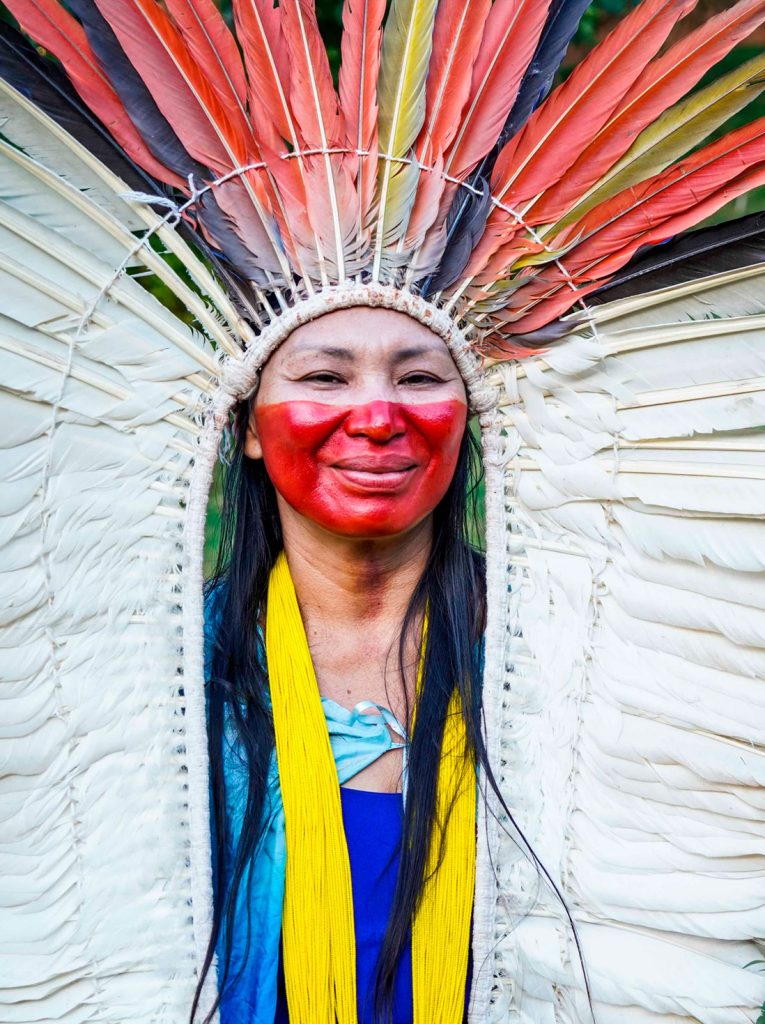
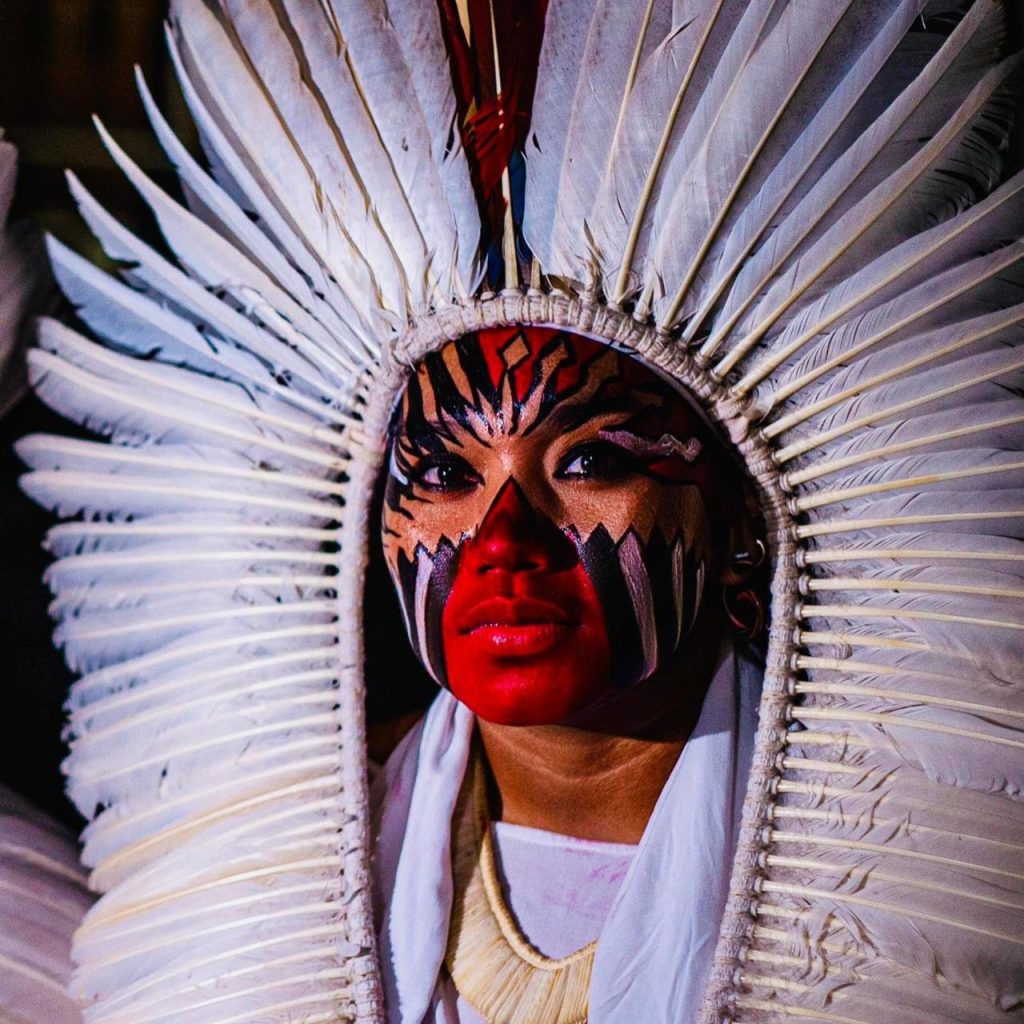
At the end of the 20th century, as we will explain later, the Yawanawá managed to free themselves from both the rubber tappers and the evangelical missionaries, regaining autonomy over their lands, obtaining constitutional rights as an indigenous group belonging to the Brazilian State, and revitalizing their culture, which had been subjugated for so many years.
They returned to singing in their own language and practicing their rituals with their ancestral medicines (ayahuasca, kambó, rapé, sananga, etc.). They once again painted their bodies with jungle pigments and wore their headdresses of macaw and harpy eagle feathers. They became known to the world, appearing on major fashion runways displaying their colorful beadwork (São Paulo, 2016), as well as on the big screen (the famous film “Avatar” is based on the Yawanawá way of life and worldview).
Language and Geography
The Yawanawá language belongs to the Pano linguistic family and has a high level of comprehension with the languages of other Pano groups such as the Shanênawa, the Yaminawá, the Shawãdawa, and the Sainawa. Linguists estimate that about 1,200 people speak the language today.
Today, most of the population is bilingual, speaking Portuguese in addition to their own indigenous language and sometimes Spanish as well.
Among the elderly, the indigenous language is preferred, while command of Portuguese is quite limited and in some cases nonexistent.
On the other hand, among children and younger people, some are bilingual, fluent in Portuguese and understand the indigenous language without speaking it, while others are monolingual and speak only Portuguese.
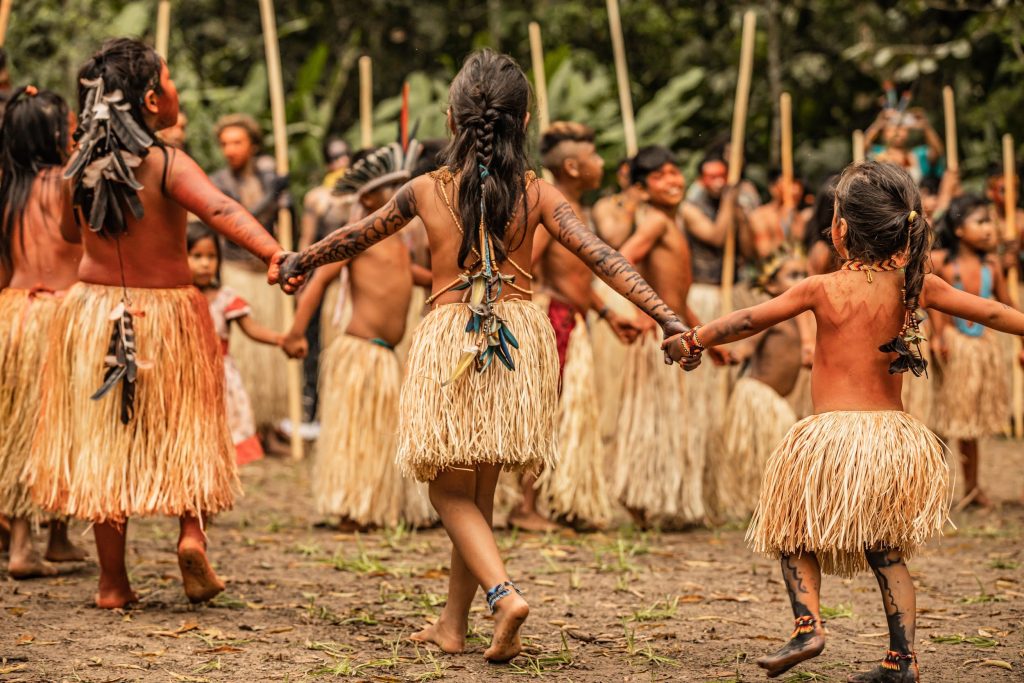
The adult population is fluent in both languages and is currently deeply concerned about preserving their indigenous language. There is a very high illiteracy rate in these communities.
To reach the land where the Yawanawá live, one must first reach the Brazilian city of Río Branco (which has only one daily flight from the country’s capital, Brasilia).
From there, it’s a four-hour drive, arriving at the port of São Vicente, where the road crosses the Gregorio River. From there, it’s another seven-hour canoe ride to reach one of their villages.
The Yawanawá inhabit the southern part of the Río Gregorio Indigenous Land, in the state of Acre (Brazil), which they share with other Amazonian indigenous groups. They occupy the headwaters of this tributary of the Juruá (or Yuruá) River, one of the largest tributaries of the Amazon River.
Tarauacá is an important city for the Yawanawá. The reasons are diverse: the office of the Yawanawá Extractive Farmers Organization of the Gregorio River is located in that city.
Several Yawanawá families have lived there for many years, and it is the urban center where the Yawanawá claim their rights and fulfill their obligations as Brazilian citizens (receive pensions, vote in elections, etc.).
Taraucá is the closest point where the Yawanawá have access to goods and can therefore obtain some foods or utensils that they do not grow or manufacture in their villages. Finally, it is to this city that they go to treat health problems that cannot be resolved in their communities.
As we have already mentioned, the Yawanawá population is not grouped in a single community, but is distributed among several settlements along the banks of the Gregorio River.
These villages consist of one or more houses built with materials provided by the forest and are occupied by extended families.
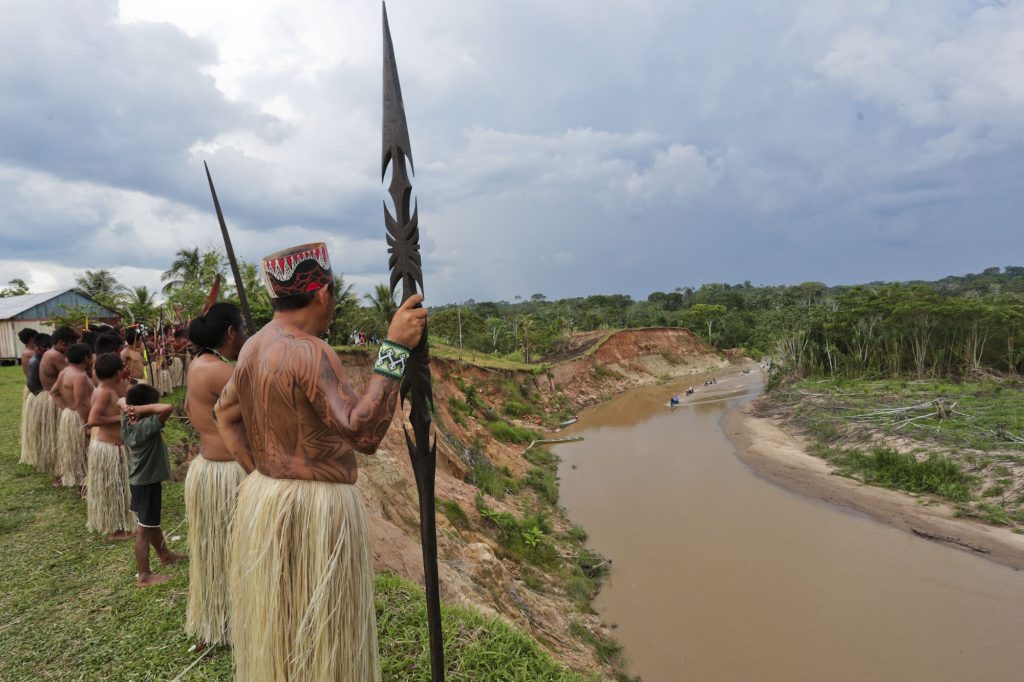
The main community is Nueva Esperanza, where the current leader of the area lives. This community was inaugurated in 1992, after the Yawanawá abandoned the Kaxinawa rubber territory.
Their Sacred Village community is also well-known, where many ceremonies are held with the participation of non-indigenous people who come to learn about and share the customs of this ancestral people.
Many celebrities (Joaquín Phoenix, Cameron Díaz, and Leonardo DiCaprio, among others) have come to this village to participate in Yawanawá ceremonies and rituals, as well as to raise awareness among the world’s population of the importance of these Amazonian tribes, guardians of the largest rainforest on the planet.
Social and Economic Structure
The Yawanawá tribe is divided into small communities with a maximum of 100 inhabitants. In each village, there is a leader, who is both a spiritual leader (shaman) and a social-political leader. Decisions are made in assemblies where everyone participates; the leader’s voice carries the most weight and guides the village on decisions and daily tasks.
The houses are “malokas” (small houses), built with wood and palm leaves. They are usually quite large and open, lacking doors and windows, but with spectacular roofs that keep out the rain.
The inhabitants of these communities are divided into families and usually sleep in hammocks. They wake up very early and begin their activities after a full breakfast and a small meeting.
According to them: “We have breakfast with plantains, papaya, sugarcane, and cassava or yuca juice (called “caiçuma”). And meat, if there is any leftover from dinner the night before. For lunch, there is cassava again, with green plantains and plantain porridge. We have meat and fish for dinner.”
The Yawanawá tribe experienced a revitalization of their society and culture with the expulsion of evangelical missionaries from their territories in the 1980s.
They began to secure their rights under the Brazilian Constitution and were thus able to preserve their territories.
Their health conditions also improved, which led to significant population growth (in 1990, there were only about 500, while today they have doubled that number). This led to a high birth rate and a significant decrease in the infant mortality rate, as currently one newborn dies every six months. This figure contrasts with the statements made by several women, who emphasized the high number of infant deaths before the health post was established.
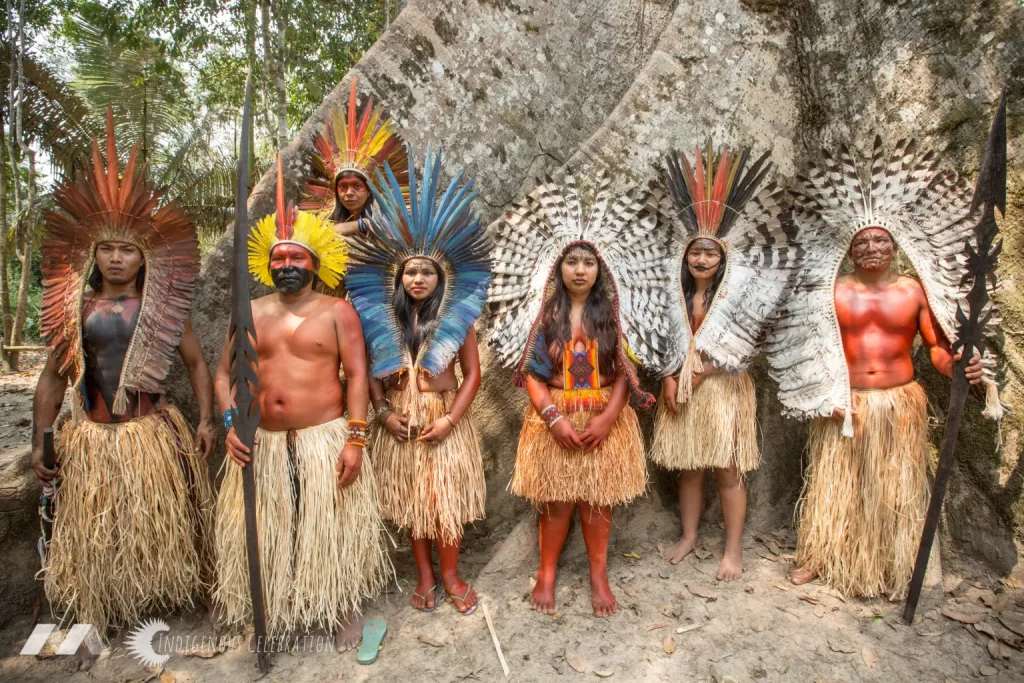
Hunting and fishing have historically been the two main economic activities of the Yawanawá. During times of drought, large fishing trips are organized, in which almost the entire community participates, becoming important social events (“food festivals,” as the Yawanawá themselves describe them).
For these trips, various plant poisons are used (from Magonia (Magonia pubescens) or Yellow Ceiba (Hura crepitans), which are poured into the water and cause the fish to float, making them easier to catch. During the rainy season, when large animals leave traces in the wet ground, hunting becomes the main source of food.
Between July and August, the Yawanawá dedicate themselves to planting and fishing. The decrease in rainfall and the increase in temperature contribute to the reduction of the Gregorio River’s water levels, a period that coincides with the reproduction of the region’s fish.
Daily routine during these months involves fishing and preparing the land for planting. The Yawanawá’s staple foods are cassava, bananas (in various forms), and corn. To a lesser extent, rice, sweet potato, papaya, pineapple, and sugarcane.
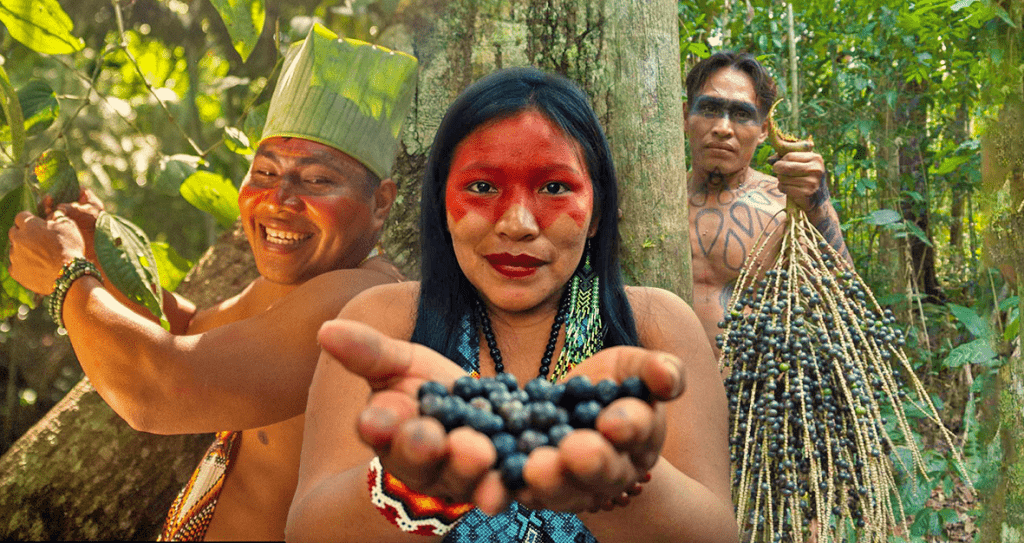
Yawanawá Crafts
Today, the sale of handicrafts is one of the main sources of income for the Yawanawá. They make necklaces, bracelets, anklets, etc., with colorful beads, also called “shakiras.” These are laborious crafts that have a spiritual meaning of protection for them, and they represent jungle deities such as the puma, the jaguar, the macaw, the snake, etc.
They sell these crafts in the cities near their communities, or at festivals organized in their villages, which are free but implicitly require the purchase of these crafts by visitors.
Another of their most important sources of income in recent decades are the rituals or retreats they organize with various associations, sometimes in the jungle or outside of it, in Brazil or in other parts of the Americas or Europe.
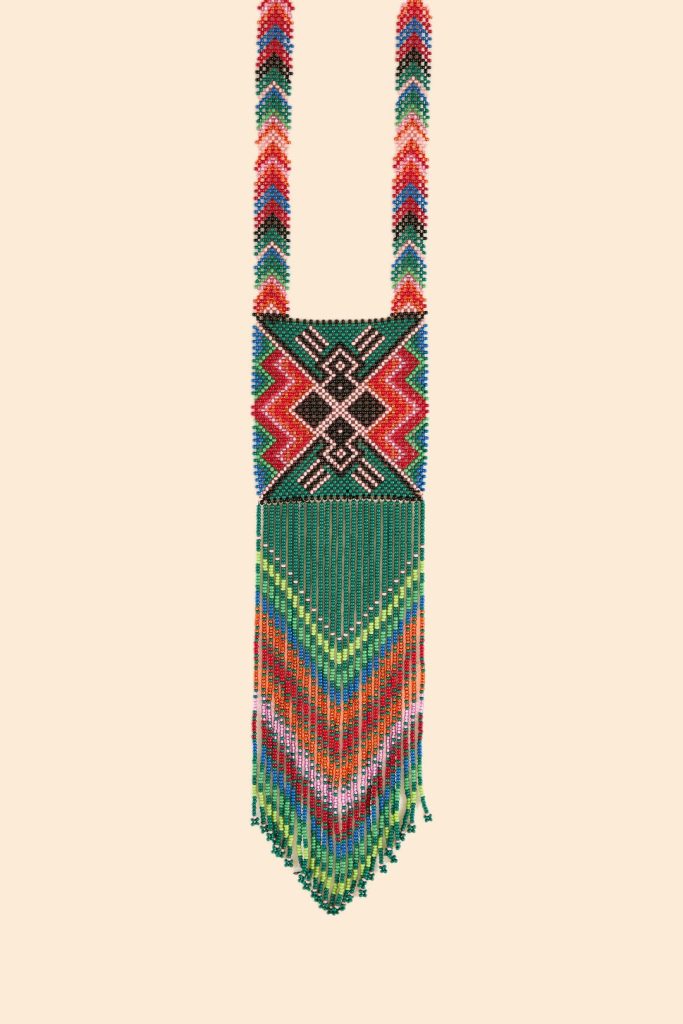
Yawanawá Marriage
The Yawanawá encourage marriages between cross-cousins, or distant cousins, with members living in nearby villages. In recent decades, they have joined with members of other neighboring tribes. Immediately after marriage, they follow the rule of “uxorilocality” (the newly married couple goes to live with the wife’s parents). Women then smear their bellies with a type of potato plant called “rau” to conceive.
Other plants, such as “hukâshupa,” are used by lovers to foster successful relationships. It is the juice of three ground plants that is applied as a perfume to attract a mate.
All Yawanawá have two or more names, one in Portuguese and the other in their own indigenous language. Each newborn receives a name from the father (who chooses the name of one of his paternal aunts or uncles) and another from the mother (in this case, maternal uncles and aunts).
